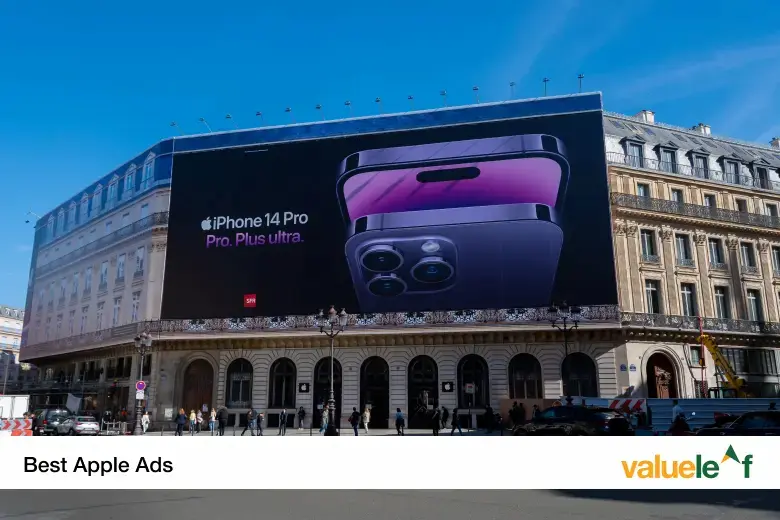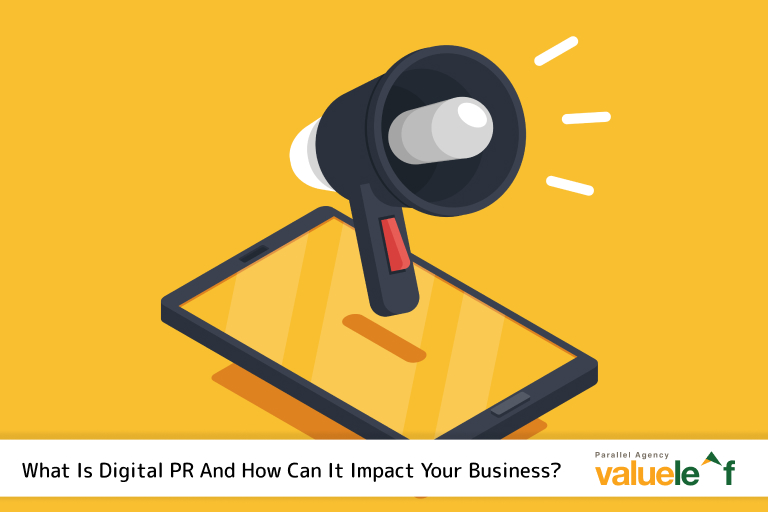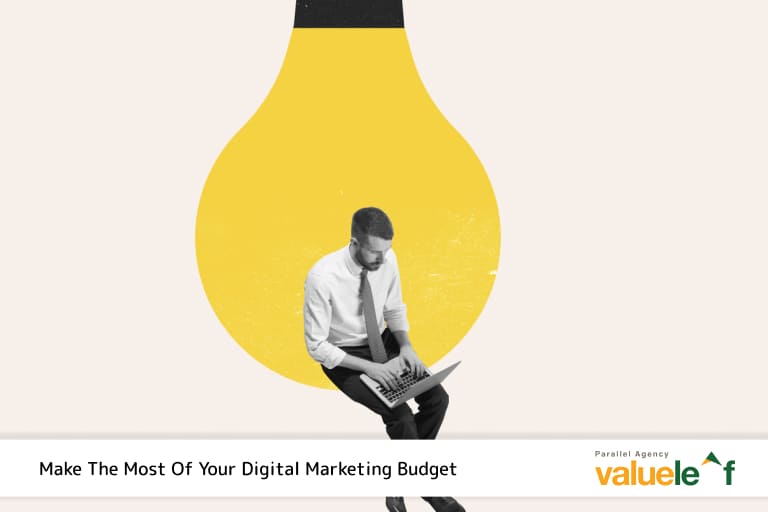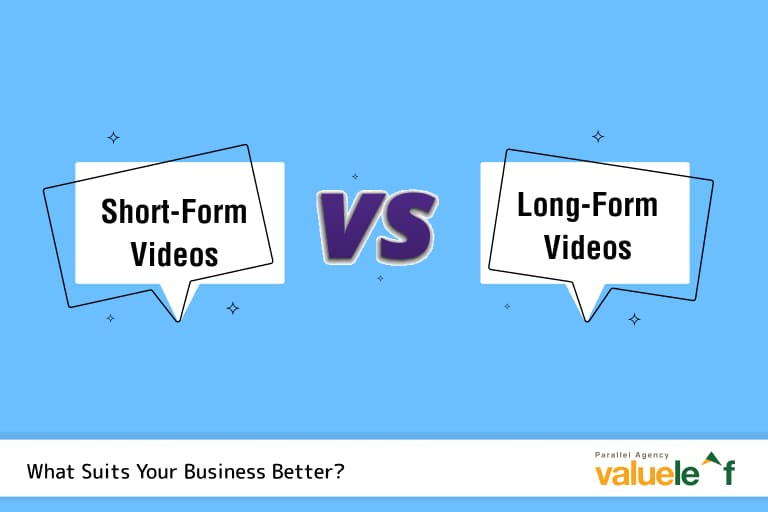Apple has long been synonymous with innovation, creativity, and groundbreaking marketing campaigns. From emotional narratives to thought-provoking visuals, Apple has continually set the bar for advertising excellence. Through their unique storytelling and bold campaigns, they’ve built an unmistakable brand identity. This blog dives into some of the best Apple ads that not only sold products but also captured imaginations. Let’s explore how Apple’s marketing magic continues to leave a lasting impression.
The Power of Apple’s Advertising Strategy
Apple’s advertising is not just about promoting products. It’s about creating an emotional connection. By highlighting how their technology integrates seamlessly into our lives, they establish a personal bond with their audience.
Key elements that make Apple ads stand out include:
Storytelling: Every ad narrates a compelling story.
⇒Simplicity: Clean visuals and minimal text.
⇒Emotional Appeal: Ads often evoke joy, inspiration, or even nostalgia.
⇒Innovation: Apple’s ads challenge the norms of traditional advertising.
Now, let’s revisit some of the most iconic Apple ads.
1. 1984 – The Super Bowl Ad That Redefined Advertising

- Year: 1984
- Product: Macintosh
- Director: Ridley Scott
Apple’s “1984” Super Bowl commercial is often considered one of the greatest ads of all time. Inspired by George Orwell’s dystopian novel, the ad positioned Apple as a revolutionary force against corporate conformity. A hammer-wielding heroine symbolized Apple breaking free from the oppressive regime represented by IBM.
Why It Worked:
⇒It was bold and disruptive.
⇒Created intrigue for the Macintosh without even showing the product.
⇒Became a cultural phenomenon.
2. Think Different – Celebrating Visionaries
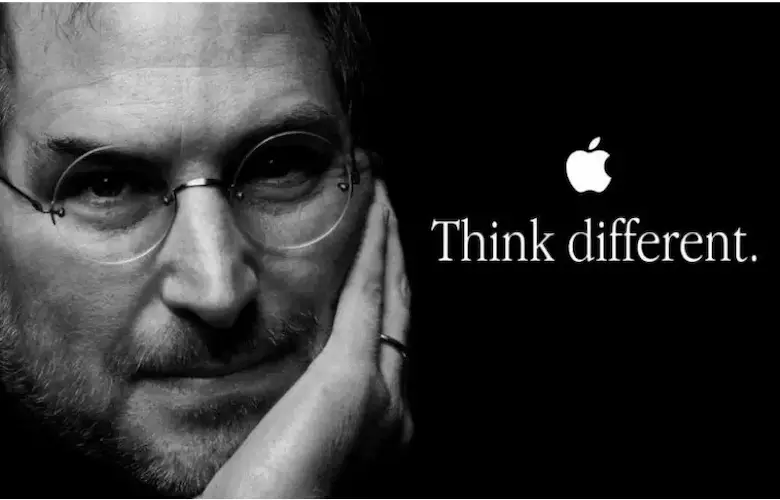
- Year: 1997
- Campaign Line: “Think Different”
- Product: Apple as a brand
The “Think Different” campaign celebrated those who challenged norms and changed the world — visionaries like Albert Einstein, Gandhi, and Amelia Earhart. With its minimalist visuals and powerful voiceover, the ad not only repositioned Apple but also resonated deeply with creatives and thinkers.
Why It Worked:
⇒Celebrated creativity and innovation.
⇒Reinforced Apple’s identity as a brand for dreamers and innovators.
⇒Became a motivational anthem for millions.
3. Get a Mac – Humor Meets Product Comparison
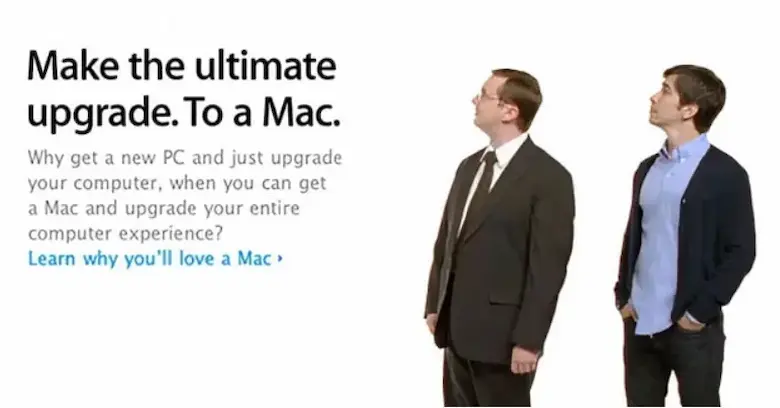
- Year: 2006-2009
- Product: Mac
- Characters: Justin Long (Mac) and John Hodgman (PC)
The “Get a Mac” series featured witty conversations between Mac and PC, highlighting the ease and functionality of Macs compared to clunky PCs. These light-hearted ads were a massive success, presenting Apple as the friendlier, smarter choice.
Why It Worked:
⇒Humorous and relatable.
⇒Addressed real pain points in a digestible way.
⇒Established Mac’s identity as an accessible and user-friendly computer.
4. Shot on iPhone – Empowering Creativity
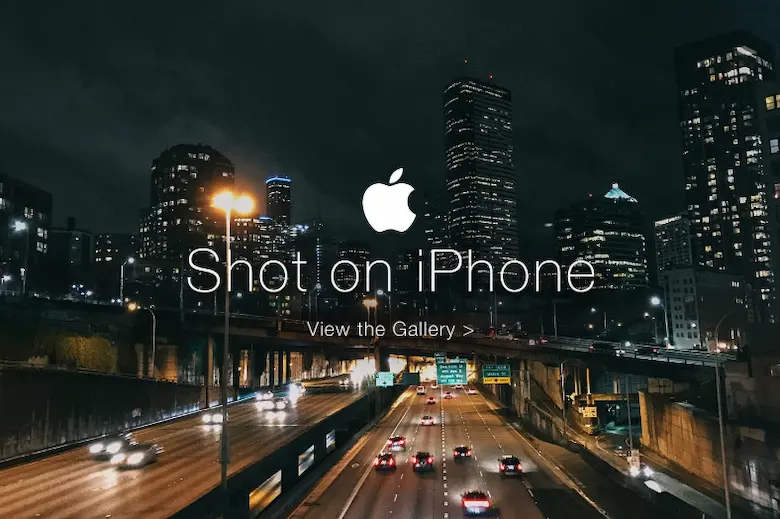
- Year: 2015 – Present
- Product: iPhone
- Concept: User-generated content
Apple’s “Shot on iPhone” campaign turned its users into brand ambassadors by showcasing breathtaking images and videos captured on iPhones. By celebrating the creativity of everyday users, Apple demonstrated the powerful capabilities of its camera technology.
Why It Worked:
⇒Built trust through authentic user experiences.
⇒Highlighted product capabilities creatively.
⇒Encouraged community engagement with the hashtag #ShotoniPhone.
5. There’s More to iPhone – Privacy Matters
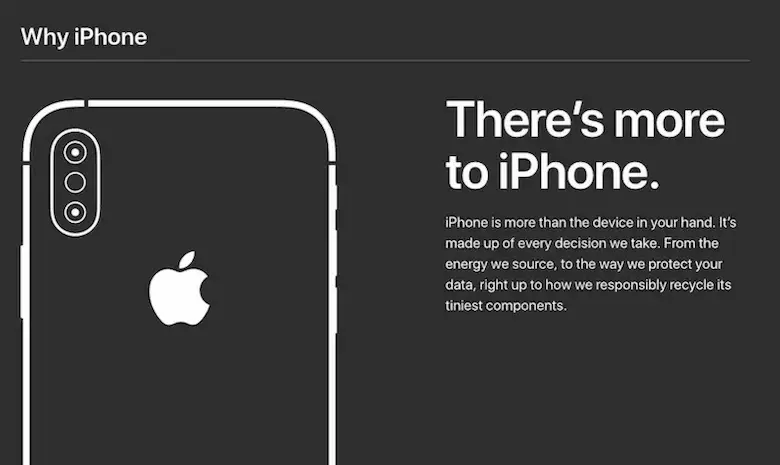
- Year: 2019
- Product: iPhone
- Tagline: “Privacy. That’s iPhone.”
Apple took a stand with its “There’s More to iPhone” campaign in a world increasingly concerned about data security. The ad humorously yet assertively emphasized Apple’s commitment to protecting user privacy.
Why It Worked:
⇒Addressed a major consumer concern.
⇒Differentiated Apple from competitors.
⇒Strengthened brand trust and loyalty.
Behind Every Apple Ad – Consistency and Innovation
Apple’s marketing success isn’t accidental. They consistently embrace innovation while staying true to their brand essence. Here are some notable strategies they employ:
1. Emotion Over Features: Apple focuses on how its products make people feel rather than technical specifications.
2. Minimalist Aesthetic: Clean visuals and simple messaging keep the focus on the story.
3. Relatability: Campaigns often depict real-life scenarios, making them more relatable.
4. Celebrity Collaborations: From U2’s iPod ad to Billie Eilish’s iPhone ad, Apple uses influential figures to drive appeal.
Lessons Marketers Can Learn from Apple’s Ads
⇒Tell a Story: Build narratives that evoke emotions.
⇒Be Bold: Challenge norms and stand out.
⇒Stay Consistent: Align campaigns with your brand identity.
⇒Leverage User-Generated Content: Authenticity fosters trust.
⇒Focus on Simplicity: Clear and concise messaging wins.
Also Read: Marketing Case Studies: Success Blueprints for Brands To Follow
Conclusion
Apple’s ads are not just marketing tools; they are cultural touchstones. Through powerful storytelling and innovative visuals, Apple has consistently captivated audiences worldwide. Whether it’s the groundbreaking “1984” ad or the empowering “Shot on iPhone” campaign, Apple’s advertisements continue to set the standard for creative excellence.
For brands and marketers, there’s a lot to learn from Apple’s approach — embrace creativity, connect emotionally, and stay true to your brand values.
Frequently Asked Questions
Q. What are some of the most iconic Apple ads?
A. Apple’s iconic ads, like “1984,” “Think Different,” “Get a Mac,” “Shot on iPhone,” and “There’s More to iPhone,” connected with audiences through storytelling and messaging.
Q. Which Apple ad is considered the best of all time?
A. Apple’s iconic “1984” Super Bowl commercial, directed by Ridley Scott, introduced the Macintosh computer and transformed advertising through cinematic storytelling and bold messaging.
Q. What was the message behind the “1984” Apple ad?
A. The “1984” ad depicted Apple as a revolutionary force challenging corporate dominance, particularly targeting IBM as “Big Brother.”
Q. How did the “Think Different” campaign impact Apple’s brand?
A. The “Think Different” campaign boosted Apple’s image by highlighting innovators, reinforcing creativity, and positioning the company as an innovation leader.
Q. What made the “Get a Mac” ads so effective?
A. The “Get a Mac” ads used humor and relatable comparisons to highlight the simplicity and reliability of Macs, leaving a lasting impression on viewers.
Q. How has the “Shot on iPhone” campaign evolved over the years?
A. The “Shot on iPhone” campaign began with user content and now showcases films, photos, and collaborations, emphasizing iPhone’s camera prowess.
Q. What was the public’s reaction to the “Misunderstood” ad?
A. The “Misunderstood” ad was widely praised for its emotional storytelling, showing a boy using his iPhone to capture family moments during the holidays. Viewers appreciated its message of technology fostering connection.
Q. How did the “Apple Park” ad showcase Apple’s innovation?
A. The “Apple Park” ad highlighted the architectural brilliance and sustainability of Apple’s corporate headquarters and showcased its dedication to design, environmental responsibility, and innovation.
Q. What are the key elements of successful Apple ads?
A. Apple’s successful ads focus on emotional storytelling, simplicity, innovation, and brand consistency.
Q. How do Apple ads compare to those of other tech companies?
A. Unlike many tech companies that focus on product specifications, Apple’s ads prioritize emotional storytelling and the user experience. This human-centric approach makes Apple’s campaigns more memorable and engaging.

